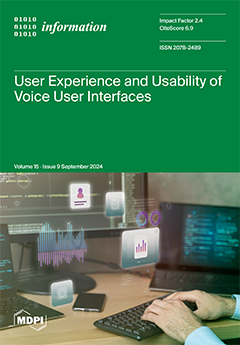Cardiometabolic syndrome (CMS) is a growing concern in children and adolescents, marked by obesity, hypertension, insulin resistance, and dyslipidemia. This study aimed to predict CMS using machine learning based on data from the CASPIAN-V study, which involved 14,226 participants aged 7–18 years, with
[...] Read more.
Cardiometabolic syndrome (CMS) is a growing concern in children and adolescents, marked by obesity, hypertension, insulin resistance, and dyslipidemia. This study aimed to predict CMS using machine learning based on data from the CASPIAN-V study, which involved 14,226 participants aged 7–18 years, with a CMS prevalence of 82.9%. We applied the XGBoost algorithm to analyze key noninvasive variables, including self-rated health, sunlight exposure, screen time, consanguinity, healthy and unhealthy dietary habits, discretionary salt and sugar consumption, birthweight, and birth order, father and mother education, oral hygiene behavior, and family history of dyslipidemia, obesity, hypertension, and diabetes using five-fold cross-validation. The model achieved high sensitivity (94.7% ± 4.8) and specificity (78.8% ± 13.7), with an area under the ROC curve (AUC) of 0.867 ± 0.087, indicating strong predictive performance and significantly outperformed triponderal mass index (TMI) (adjusted paired
t-test;
p < 0.05). The most critical selected modifiable factors were sunlight exposure, screen time, consanguinity, healthy and unhealthy diet, dietary fat type, and discretionary salt consumption. This study emphasizes the clinical importance of early identification of at-risk individuals to implement timely interventions. It offers a promising tool for CMS risk screening. These findings support using predictive analytics in clinical settings to address the rising CMS epidemic in children and adolescents.
Full article





